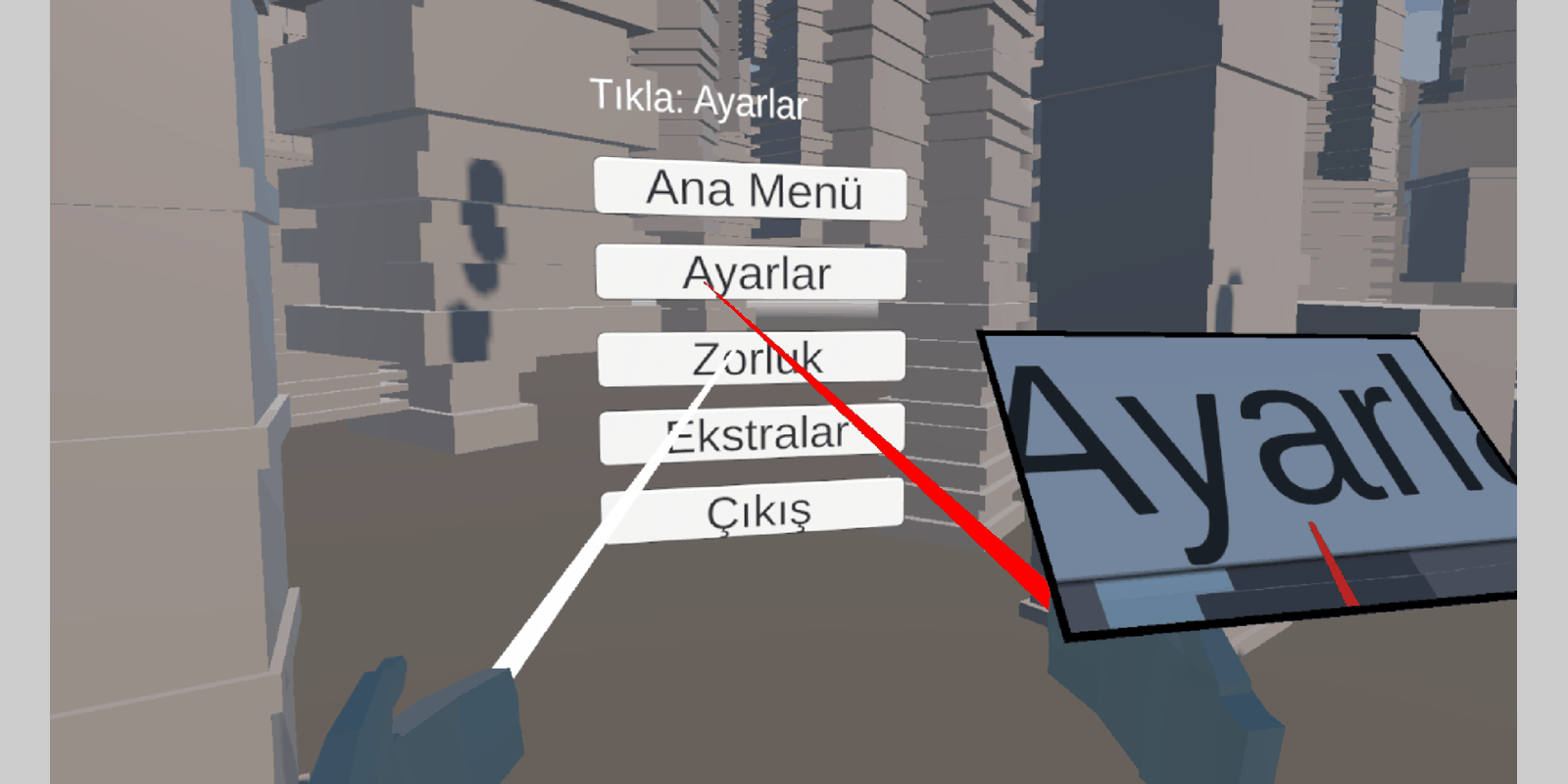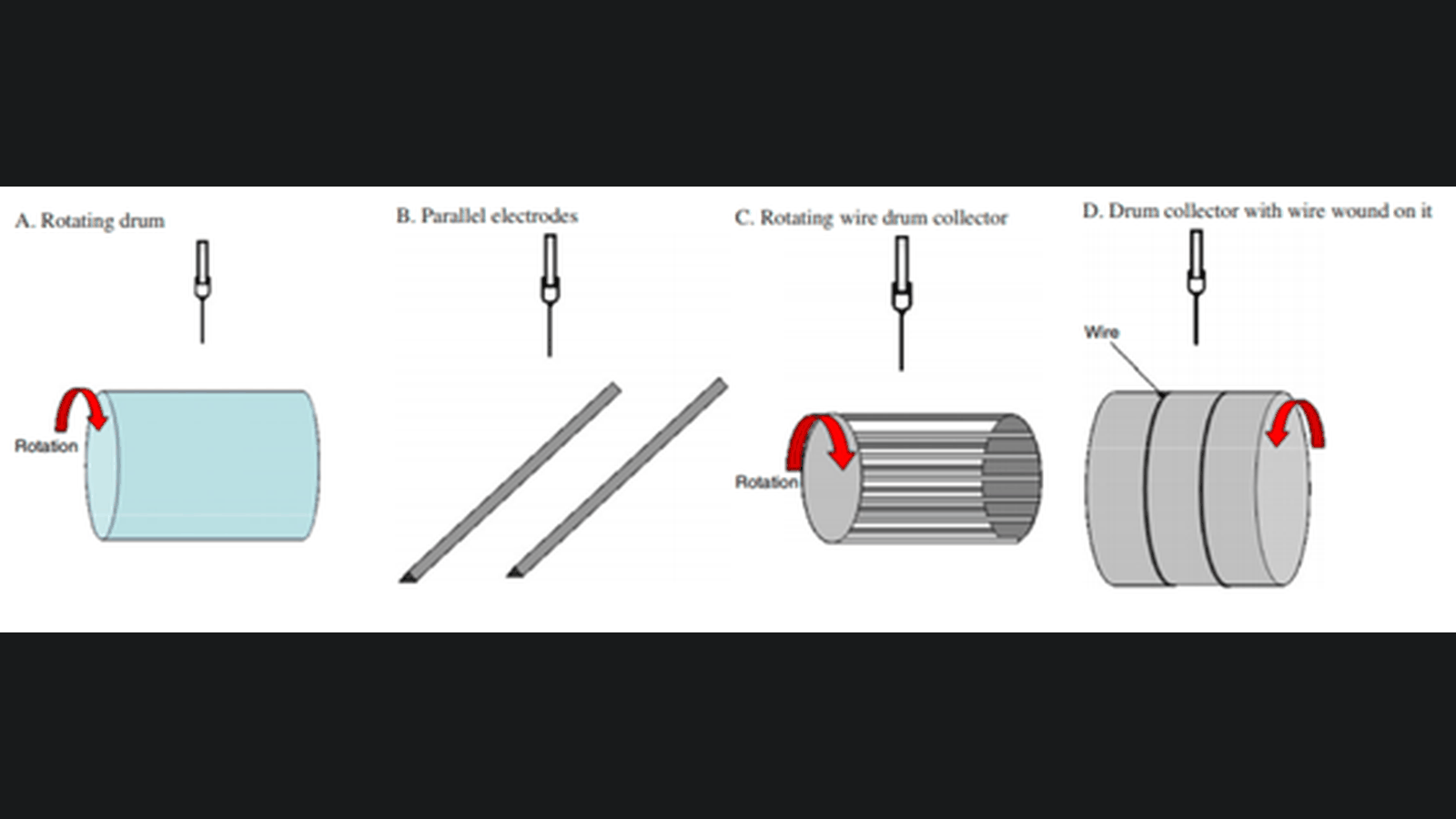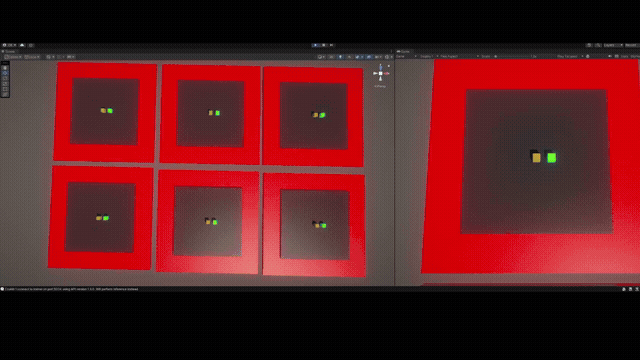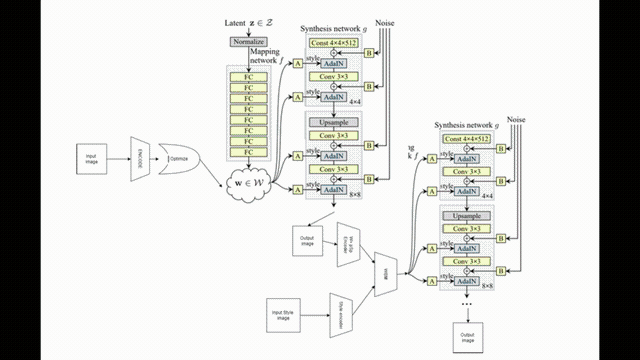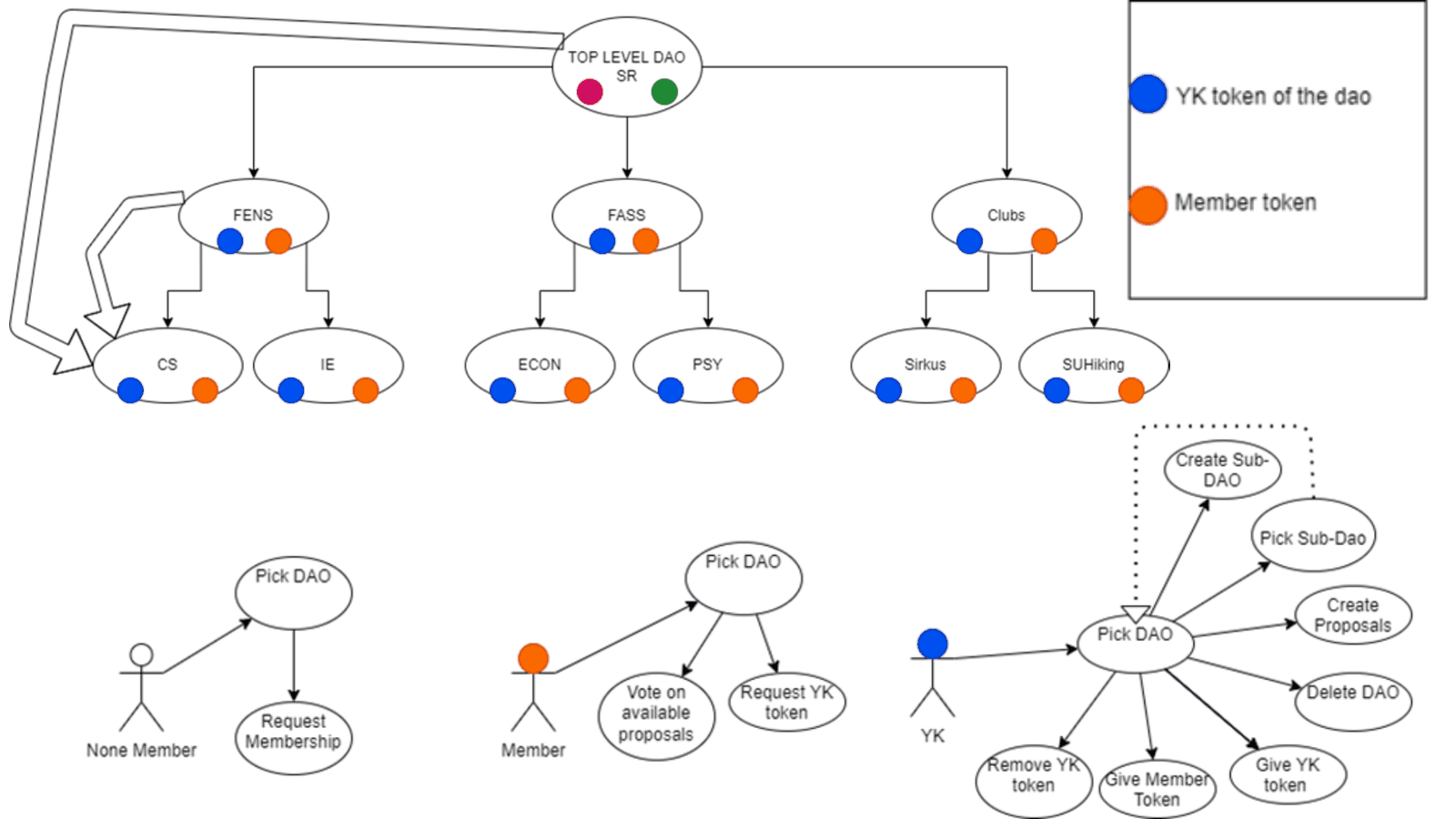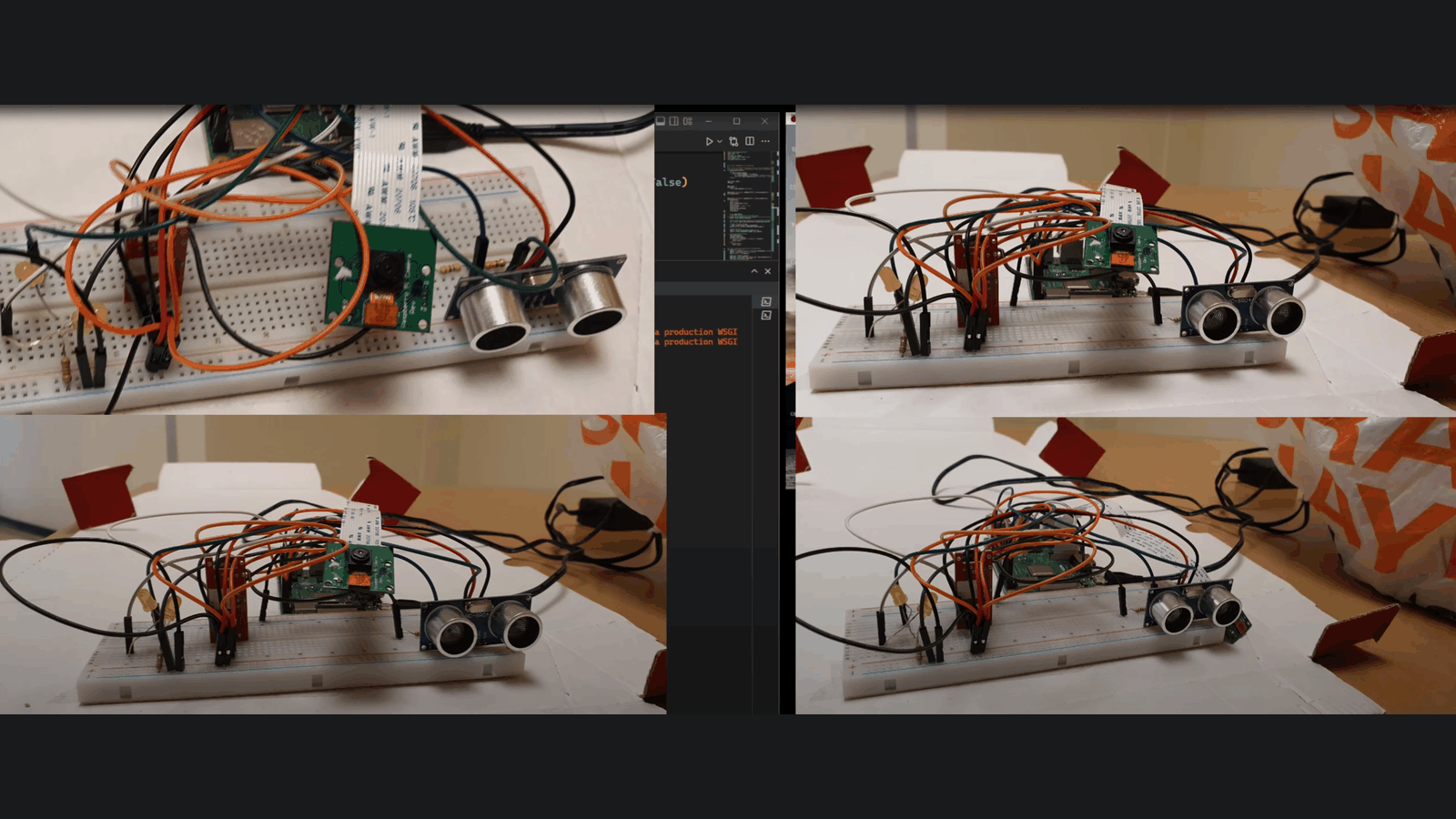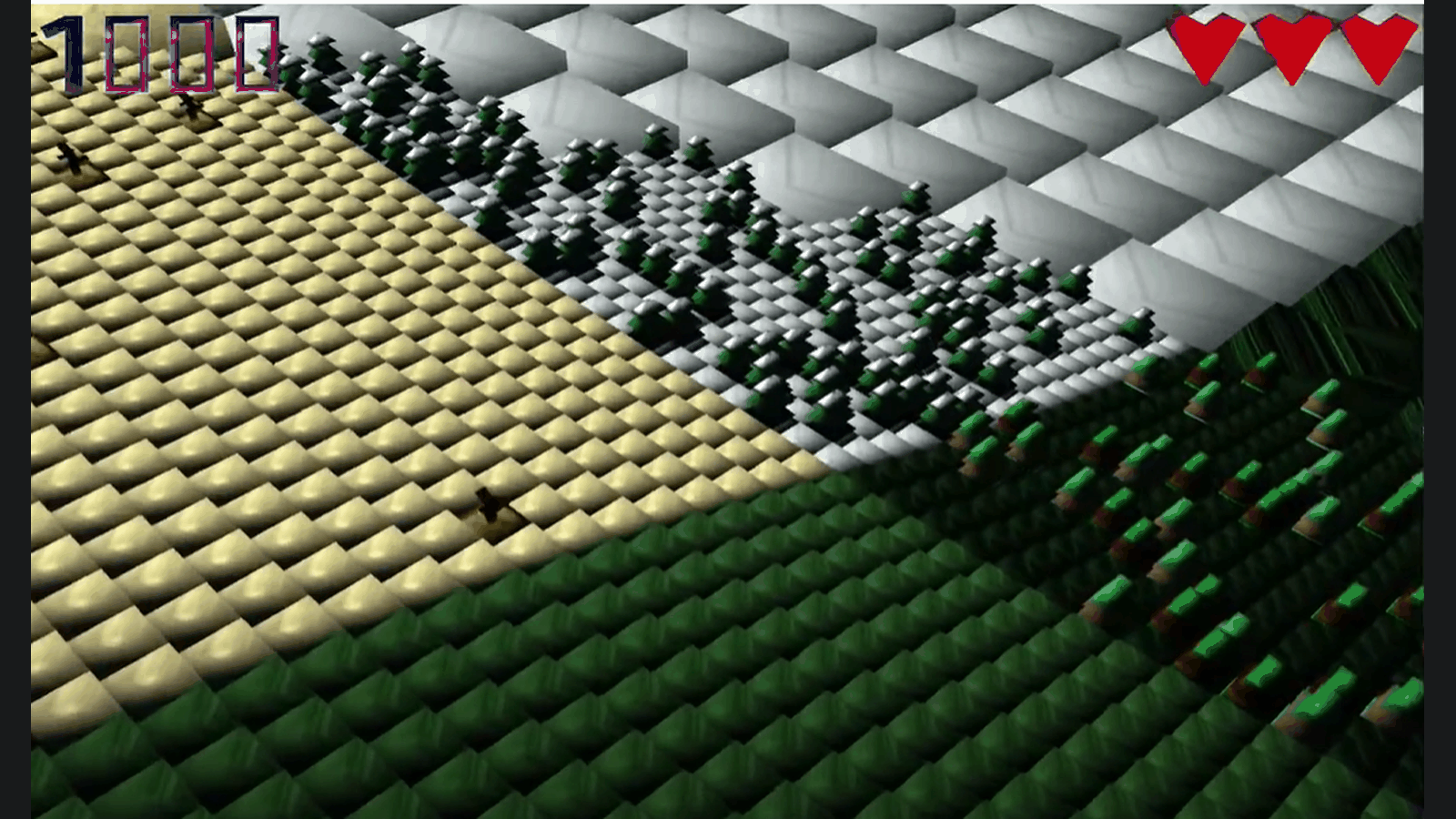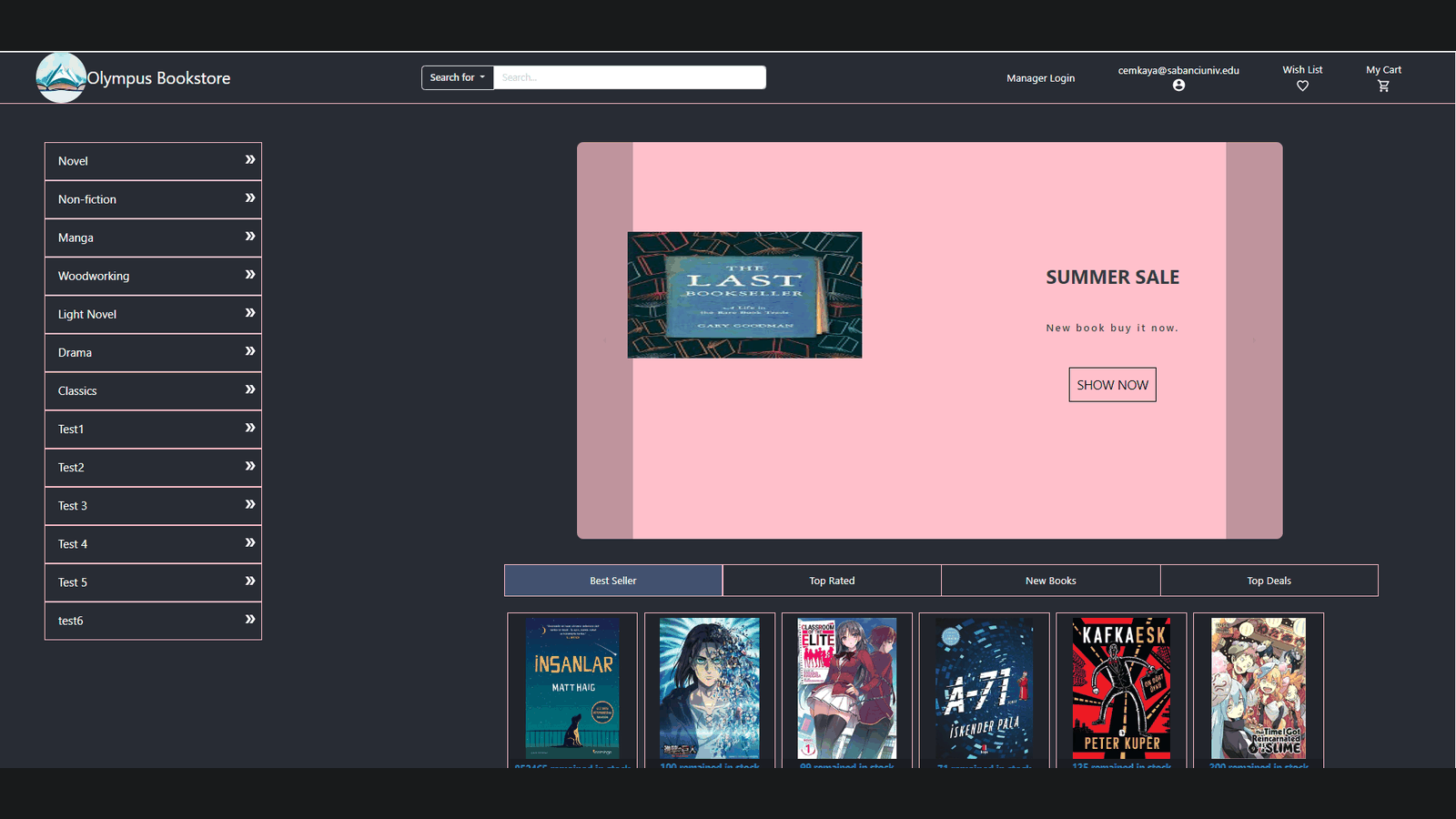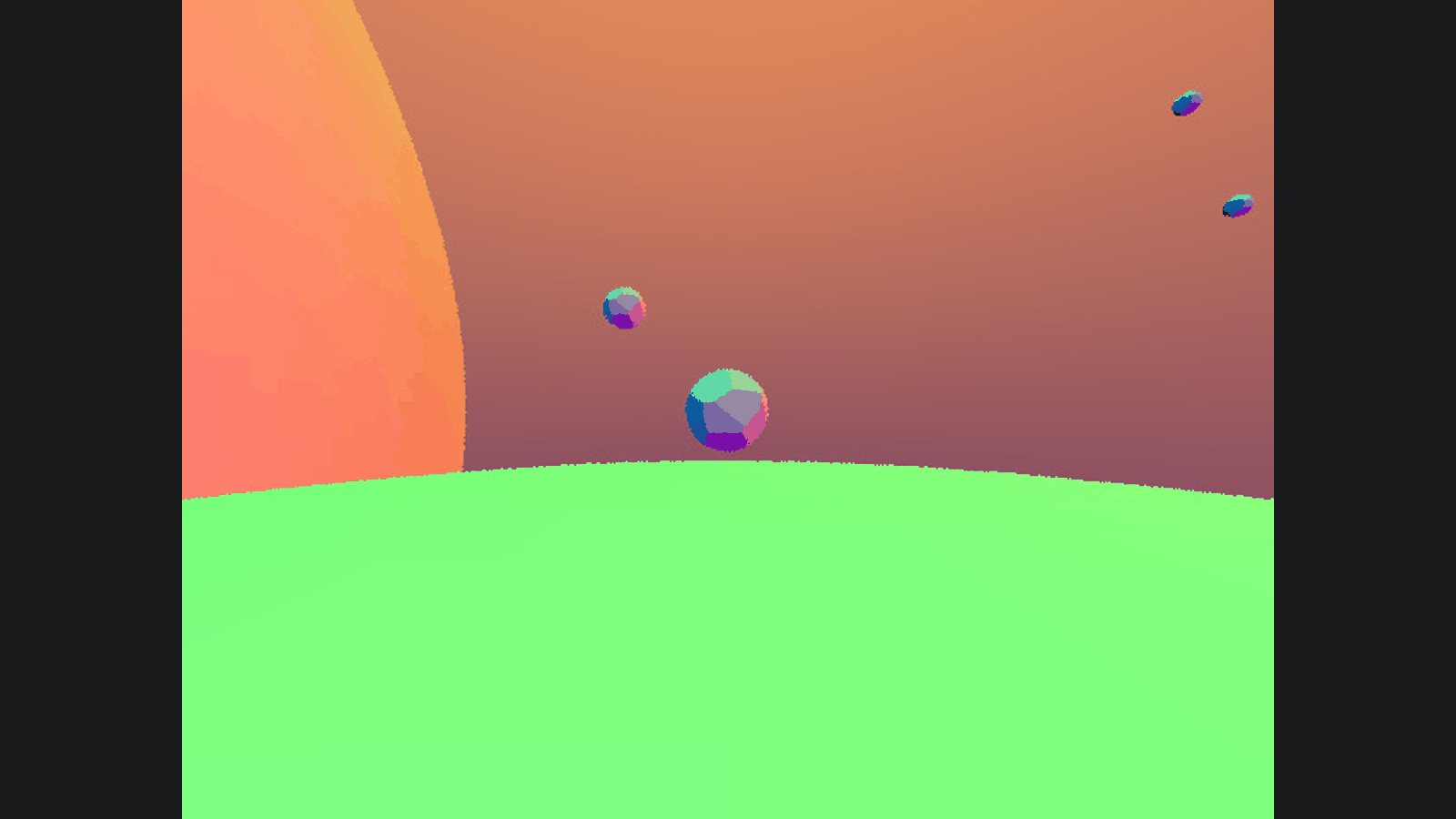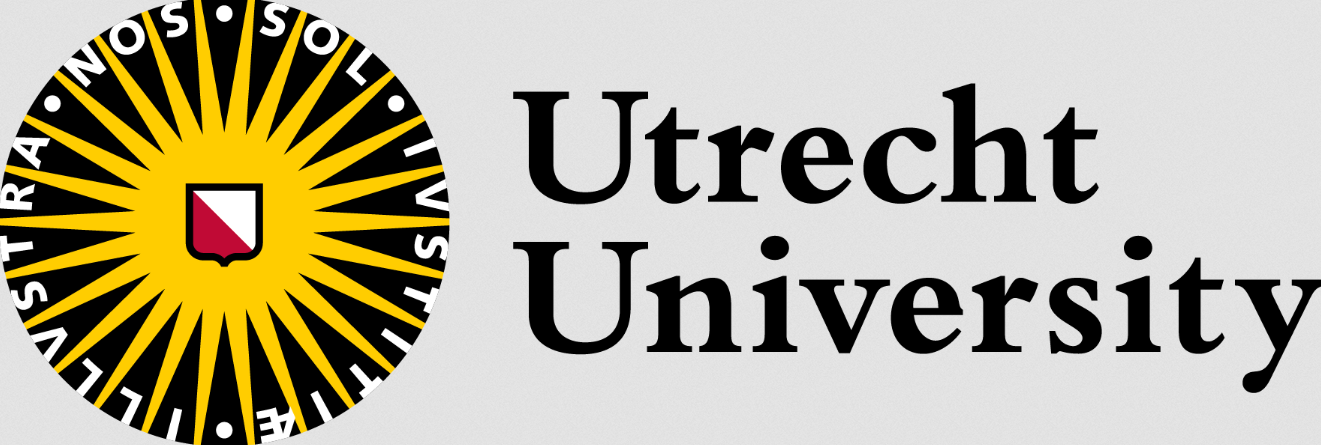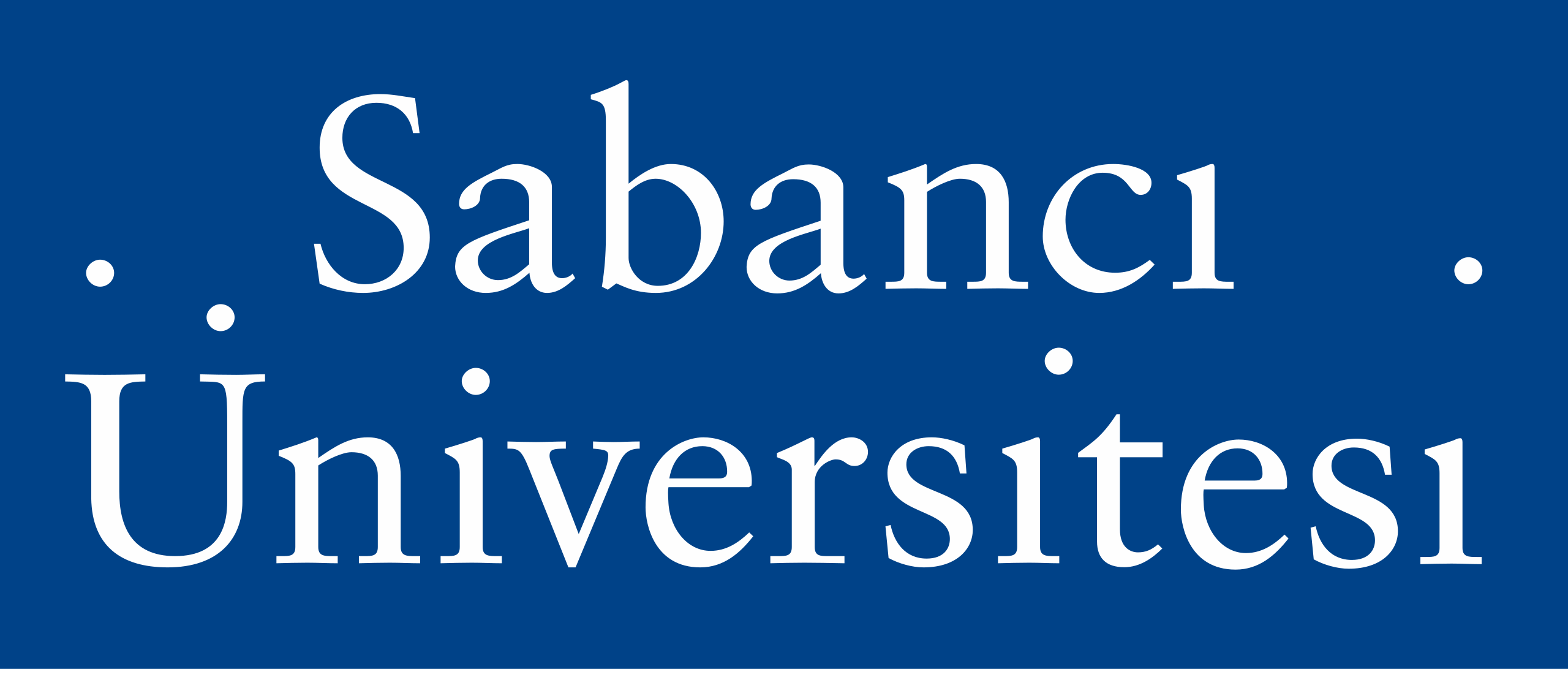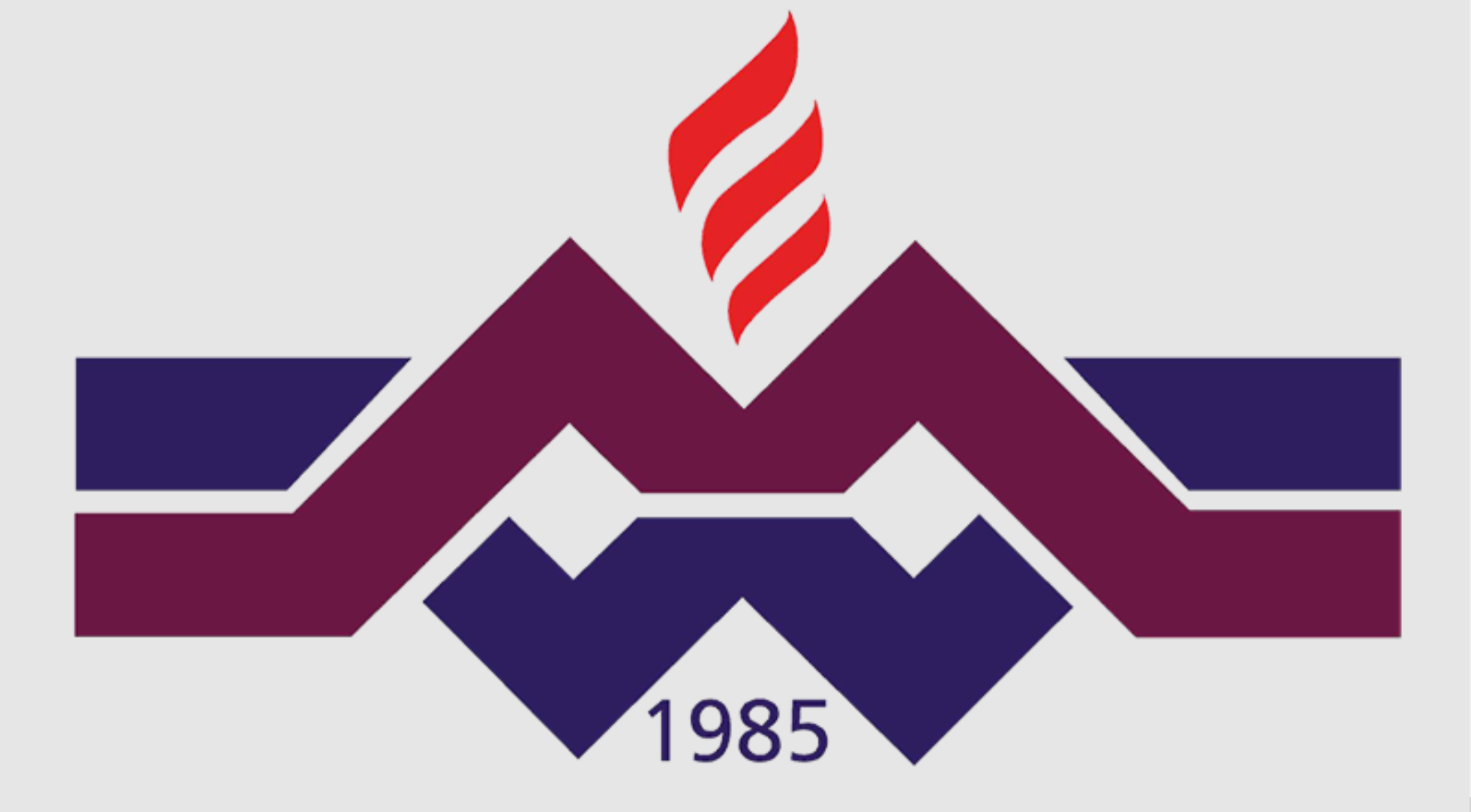Transfer Capabilities GAN's
This project explores the potential of chaining GAN models, focusing on using BlendGAN and InterFaceGAN, to enhance the flexibility and precision of stylized semantic face editing. In this approach, a SVM trained on latent vectors and corresponding attribute scores, along with a trained latent encoder, establishes boundaries for semantic attributes, such as age, gender, and expressions. These SVM-trained boundaries and directions enable fine-grained image editing by performing vector operations within StyleGAN’s latent space, enhancing control over specific facial features. Following this, BlendGAN transforms the semantically edited image by blending it into various artistic styles, using an encoder-decoder setup for style transfer and the AAHQ dataset for diverse stylistic references. This chain of GANs highlights the capability to preserve the semantic integrity of edits introduced in the input's latent space, with attention to maintaining high fidelity in attribute transfer through the entire stylization process.
